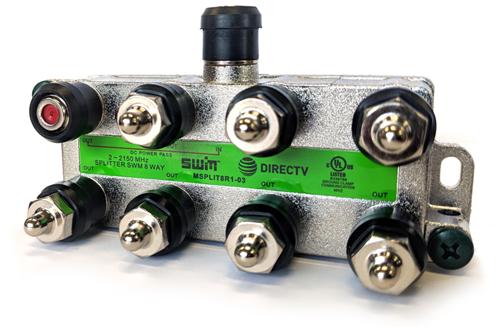Friends, I want you to think back to the late 2000s. It was a different time. It was a time when most people didn’t stare at their phones, but instead they called each other using Nextel’s walkie-talkie feature. And if you watched TV, chances are you watched it live.
The DVR itself came on the scene just at the tail end of the 20th century and by about 2007 it still wasn’t common. Most cable companies had truly awful ones that had practically no storage and were hard to program. So by and large, people didn’t use them except to pause TV to go to the bathroom.
And then there was DIRECTV. In those days, both DIRECTV and DISH were about as bleeding edge as you could get. Both services delivered TV for a fraction of the cost of the cable company, and offered a couple hundred channels while the cable company offered maybe 30 or 40. And, both services offered DVRs that were head and shoulders above what the cable company offered.
The problem
The problem was that DVRs were expensive to make and you couldn’t really sell them for full price. I remember being told at one point that DIRECTV’s landmark HR20 DVR, the one that every other DVR from DIRECTV is based on, cost $700 to make and the company sold them to people for $199. That’s bad enough, but then once people had DVR in one room, they wanted it in every room. So instead of losing $500 on every account, they lost like $1500 or $2000.
DIRECTV engineers set out to try to figure out how to get a DVR to share programs with a receiver so you could record in one room and play in another. Believe it or not this was a really big leap back then. It didn’t work perfectly when they invented it, and it took a while for it to work well enough that average folks could embrace it.
Whole-Home DVR (WHDVR) and Multi-room Viewing (MRV)
There was a group of people back then who were so excited about satellite TV that they were amped up to test the latest and greatest. I was one of them, and I guess I still am. That group congregated in user forums like DBSTalk and Satellite Guys and dispensed invaluable advice to people who were right there on the cutting edge of technology.
One thing that I can say about the people in those forums, though, is that they were acronym-happy. In the days when “LOL” and “LMAO” were still new terms, it seemed like a new acronym would sprout up at the enthusiast forums virtually every day. I remember ones like “RBR” which meant “red-button reset” and “IRD” which meant an integrated receiver/decoder. That’s what real enthusiasts called a satellite receiver back then.
Two of the acronyms that survive to the present day are WHDVR and MRV. To my recollection, MRV came first. Strictly speaking, MRV only refers to the ability to watch programs you recorded on one DVR using another receiver or DVR. It doesn’t refer to being able to pause live TV from everywhere. When you can pause live TV from everywhere, that’s WHDVR.
Are these acronyms still even needed?
I think you could argue that they’re not. Today, most DIRECTV and DISH residential customers use super DVRs like DISH’s Hopper 3 and DIRECTV’s Genie 2. These systems are designed to let you set up recordings, pause live TV, and watch from any device — even ones outside your house. Today when you hear someone say MRV or Whole-Home you know you’re talking to a bona fide enthusiast who was there in the early days. These are the folks we love at Solid Signal. You want your system to be “just so” and we’re here for it.
Get DIRECTV and DISH accessories from Solid Signal
There’s one place on the web you can go to get the exact same parts found on installer trucks. Shop at Solid Signal and you’ll know that you’re using genuine parts. Have a question about your system? Call us! We have satellite techs available during East Coast business hours. The number is 888-233-7563. If it’s after hours, fill out the form below and we’ll get right back to you!




